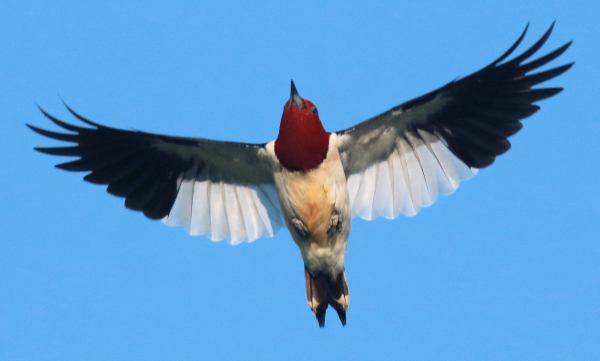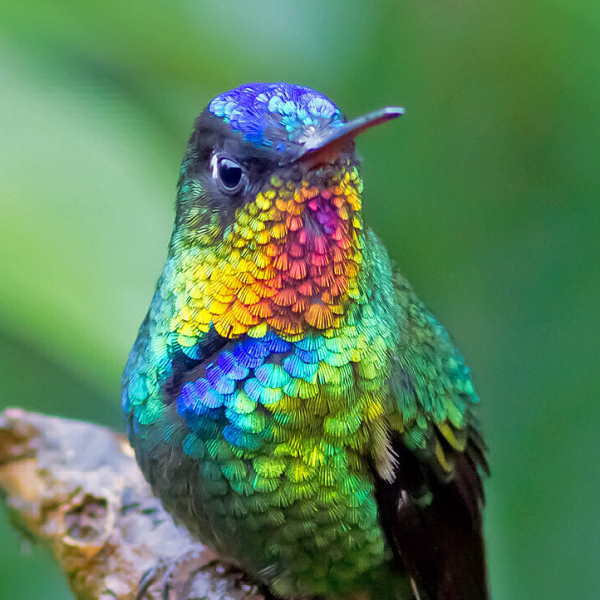 A Red-headed Woodpecker in flight shows black primary wing feathers and white secondary wing feathers; contour feathers cover its body, and its tail feathers are specially adapted to provide support against tree trunks, branches, and other perches (photo by Paul Konrad).  The colors and shapes of birds
|
